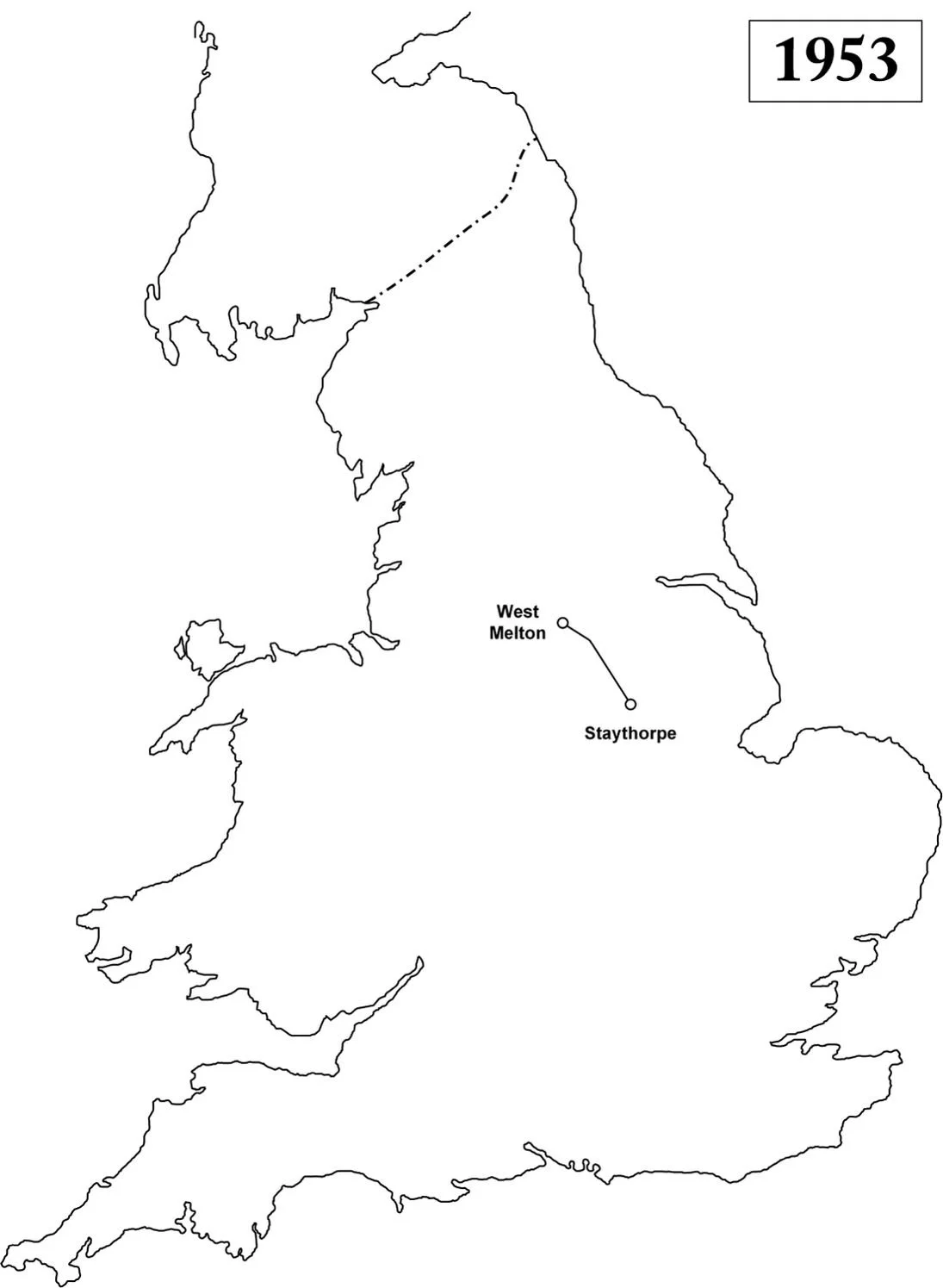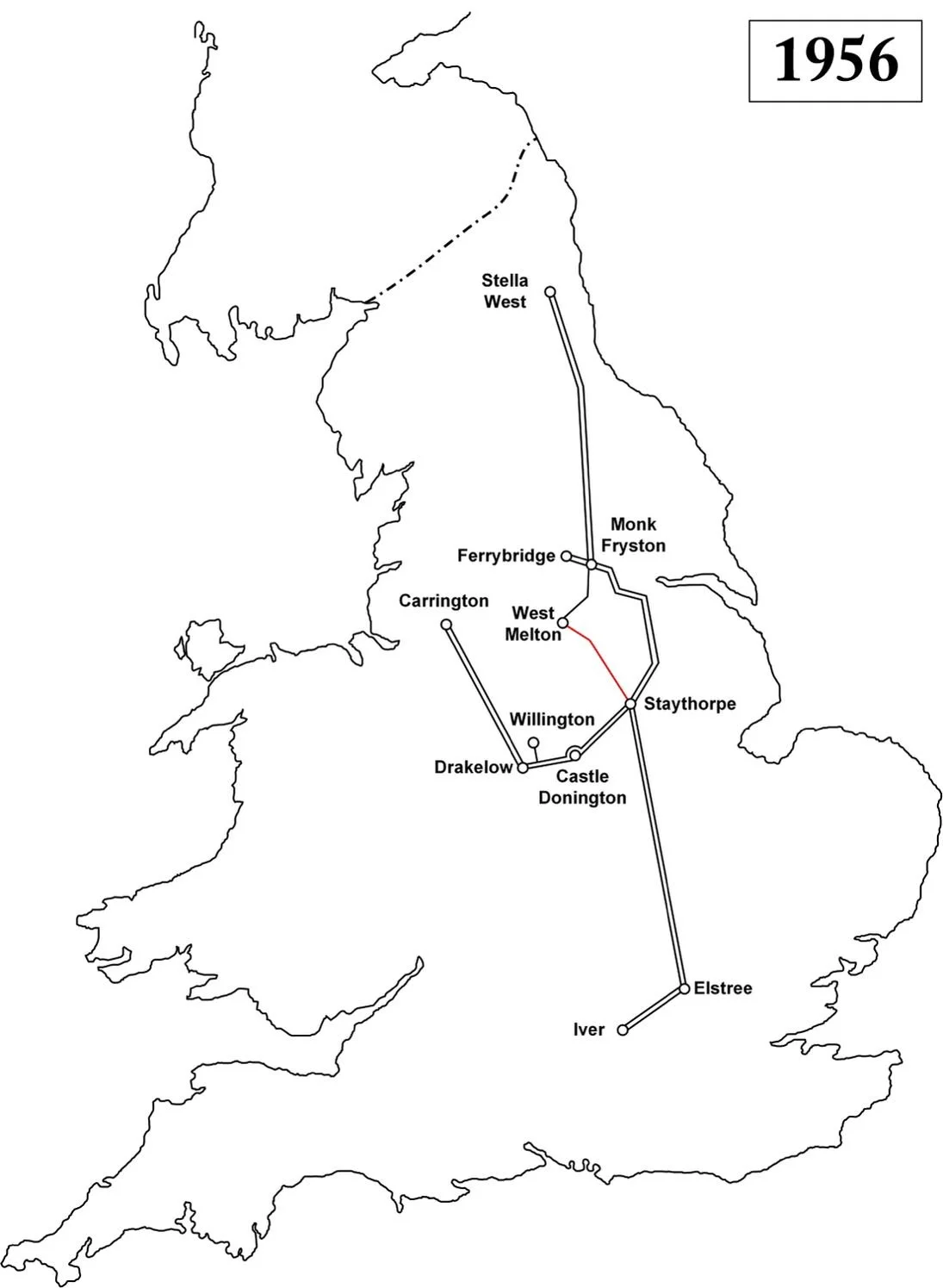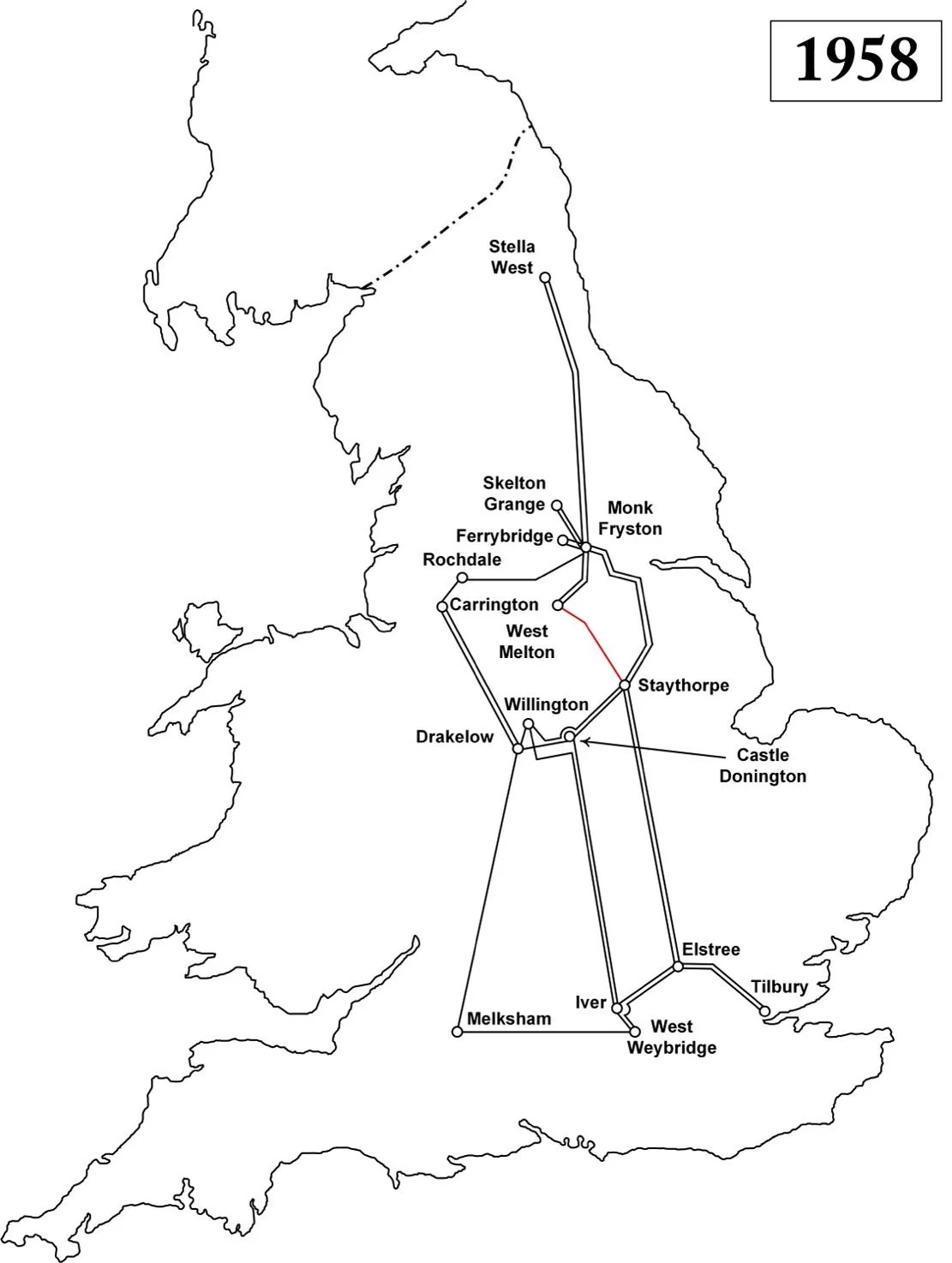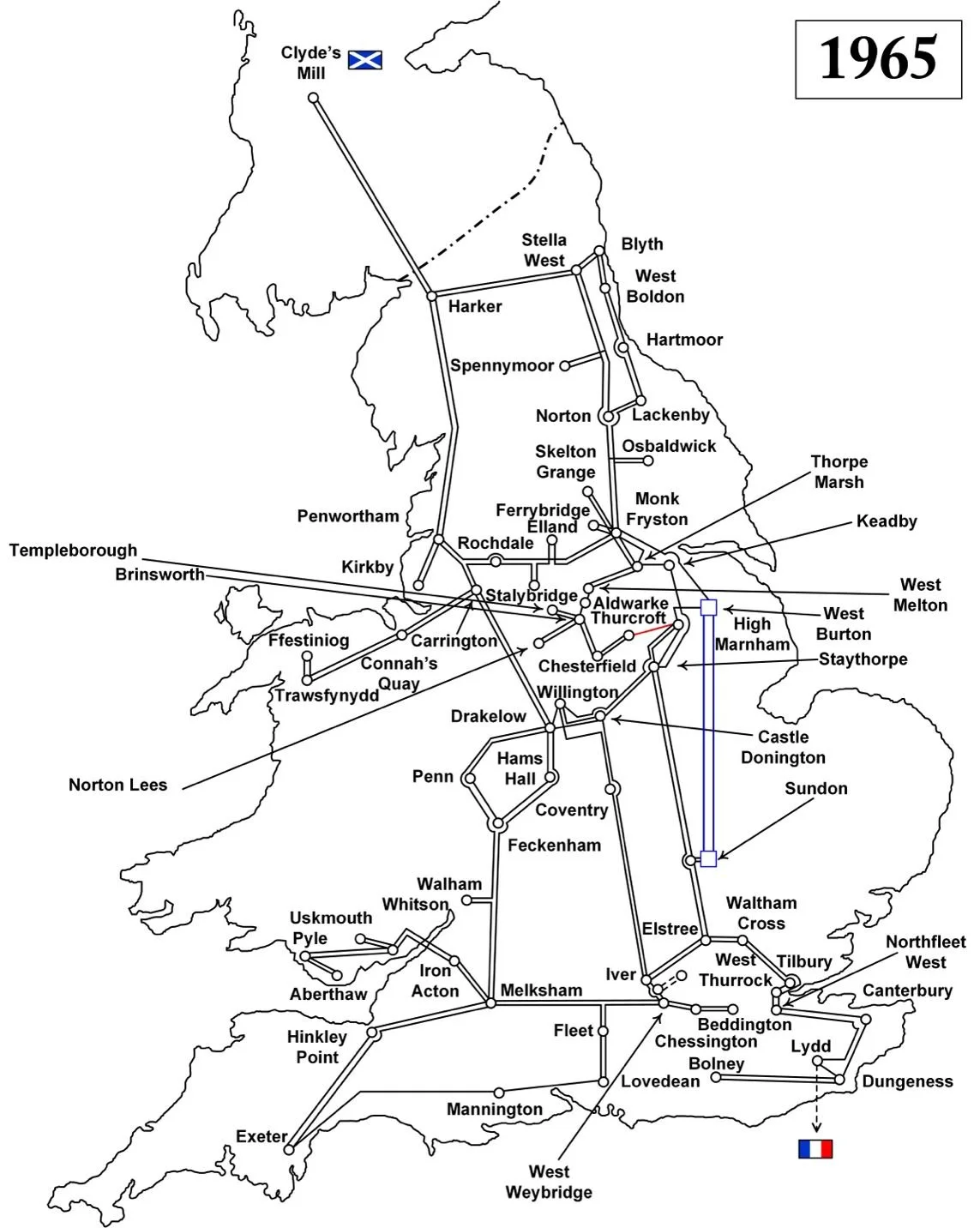
The Project
Great North Road (GNR) Solar and Biodiversity Park would comprise the installation of solar photovoltaic (PV) panels, an on-site energy storage facility and the infrastructure needed to connect the scheme into the national grid at Staythorpe substation.
The location
The project is proposed to occupy approximately 2,900 hectares (7,166 acres) of land to the northwest of Newark, Nottinghamshire. The solar PV area of the development is approximately 1,372 hectares (3,390 acres) with the remaining area designated for enhancement, cables and access.
Approximately 800 acres will be dedicated for wildlife enhancement, including the planting of approximately 50,000 trees, the addition of approximately 46km of hedgerows. At PEIR stage, Great North Road Solar and Biodiversity Park also includes plans for 19 permissive routes through the solar park site to provide improved access by way of connecting disjointed areas of the network of Public Rights of Way, or provide improved options for circular walks.
The project location map below denotes the extent of the land available for the proposed solar park and its grid connection.
A key factor influencing the location of GNR Solar Park is the availability of a connection at National Grid’s Staythorpe substation. The closure of fossil fuel power stations has created capacity on the grid.
In addition, a range of planning and environmental factors such as the existing land use, quality of land, and technical constraints have also informed our choice of location for the scheme.
Click here to view our Phase Two Consultation interactive map to search for a location.
Click to enlarge map.
The need for GNR Solar Park
The UK has set ambitious and legally binding targets to eliminate carbon emissions by 2050. Large scale solar development is recognised as having an important role to play in helping achieve this target. The British Energy Security Strategy, published in April 2022, aims to increase the UK’s solar capacity fivefold by 2035, equivalent to around 70GW total generation capacity. With an installed capacity of over one gigawatt (GW) DC, GNR Solar Park would contribute 1.5 per cent towards this target.
Subject to being consented and becoming operational, GNR Solar Park would make a significant contribution towards achieving this goal: generating clean, affordable, home-grown electricity. It would also support UK energy security and contribute to tackling the cost-of-living crisis through the reduction of household energy bills.
Key benefits
-

Contributing to national and local climate targets by generating clean, reliable electricity
-

Helping reduce household bills and provide energy security with home-grown solar power
-

Increasing biodiversity and protecting wildlife with additional plantings and protected areas
-

A community benefit fund, known as NG+, of around £1 million per annum would support initiatives that directly benefit local communities.
Elements Green has a proven track record in renewable energy development, with over 50 years of combined experience across the team. We have 7 gigawatts (GW) of renewable energy development projects globally.
We are committed to powering the world's future energy needs. Using our deep understanding of the renewables sector, we are delivering innovative and sustainable solutions for global energy security and the needs of a rapidly evolving world.
Further information about Elements Green is available here.
The developer
History of energy generation in the area
GNR Solar Park would continue the rich history of power generation in this area. Staythorpe housed some of National Grid’s first infrastructure in 1953, and has since been central to electricity transmission all around the country, from Hull to London.
Staythorpe ‘A’ was a coal-fired power station that operated from 1950 until 1983. By 1962, Staythorpe ‘B’ became operational using coal, however after being shut down in 1994, the location became the site for the current Staythorpe substation. In 2010, gas-powered Staythorpe ‘C’ power station became the second largest Combined Cycle Gas Turbine (CCGT) in the UK, providing energy to two million homes.
As the coal-fired power stations in the area have closed down, this has created capacity in the grid, allowing GNR Solar Park to carry on the tradition of power generation the area using a clean, renewable resource.






